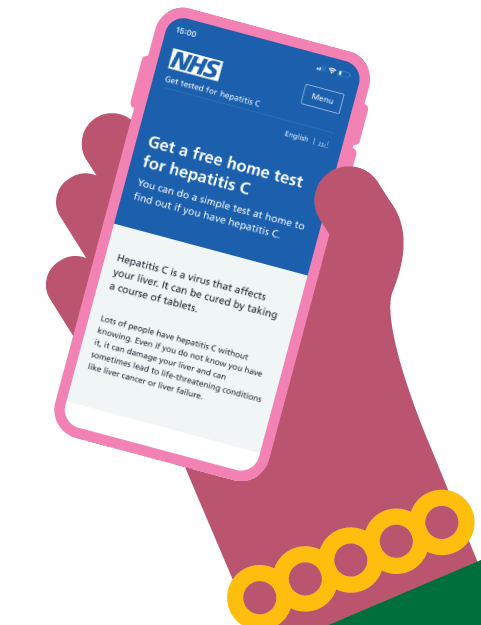by Kate Ebbutt
Introduction
NHS England is on track to eliminate hepatitis C by 2030. As patient numbers get smaller each remaining case becomes harder to find and cure, especially for those who have been exposed to the virus but may be reluctant to come forward or are not perceived as ‘high risk’ for targeted testing.
Description
NHS England commissioned a national web testing portal to enable people above the age of 18 in England to order a capillary blood kit for them to self-sample and then post back to a laboratory for antibody testing which if reactive, can be reflexed
to an RNA test.
Lessons Learned
This solution was developed in partnership between public (NHS England, Hep C Trust) and private (Preventx, Nuom) organisations. The discovery phase included a series of user and expert interviews and service blueprinting workshops.
This co-designed and user-led approach ensured the design of a solution that would lead to more people getting tested, including a streamlined ordering process and the need for the web portal to mirror the look and feel of other national NHS websites.
The service used targeted marketing campaigns to raise awareness of the portal with those most at-risk of hepatitis C and those who wouldn’t otherwise have access to testing.
Just 2 weeks from public launch of the portal, there were 2408 orders with a 0.4% (n=4) Hep C RNA positivity rate, supporting that a population level web portal and self-sampling for hepatitis C
is acceptable.
Recommendations
The discovery and alpha phase of this intervention allowed co-production between the public sector, private sector and service users. This allowed a web portal to be designed based on their feedback and this has resulted in a lot of use of the portal at population level. As more people use the testing portal we will analyse the data to assess who is ordering and where the positivity rates are coming from.

About the author:
Kate Ebbutt is the Head of Marketing and Communications for Preventx